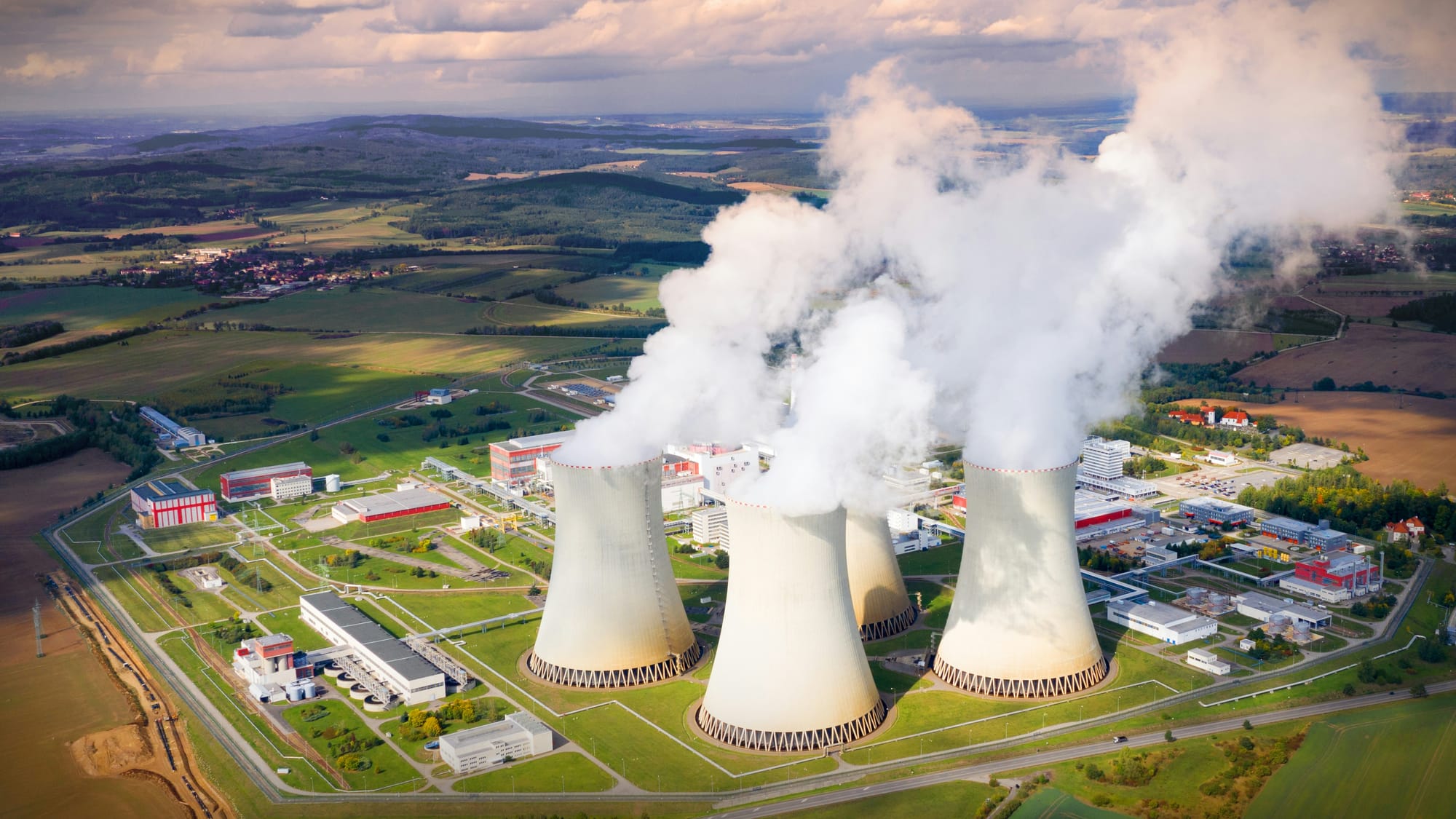Changing the Course of Climate Change: Exploring the Intersection of Climate Tech and Finance

Interview with Calli Seunghee Moon
- New business development expert in DX (Digital Transformation) and Climate Tech at SK Inc.
- The Author of 'The Era of Climate Tech'

Q1. There are many different perspectives on climate change. As an expert in this field, what is your opinion on what the future holds for us?
I try to maintain a positive outlook on the world. Technology has benefited humanity in many ways and will help improve and solve global warming and other problems. I will admit that it's hard to stop a train that's moving at full speed, but climate technology can slow it down.
Companies and individuals are already trying to reduce the amount of plastic we use. Chemical companies are developing greener raw materials and alternatives to plastic, and research is underway to collect plastic waste and reuse it or convert it into fuel.
Q2. Global warming caused by carbon dioxide in the air is a major concern. Where are we in terms of technology to address it?
One of the most critical technologies for addressing the current climate crisis is Direct Air Capture (DAC). This technology reduces carbon concentration by capturing carbon dioxide from the atmosphere and removing it from the air. Since the R&D costs for DAC currently outweigh the benefits, it hasn't been widely implemented; it's just a research project.
However, Bill Gates's Breakthrough Energy Ventures (BEV) has invested heavily in the field. With meaningful demonstration cases in Europe and the US, DAC technology has attracted many investors.
The commercialization of this technology is expected to take around ten years. Thankfully, technological developments will shorten that time frame.

Q3. What are the 'Rewards' for companies that reduce GHG emissions and the 'Penalties' for companies that emit a lot?
Firstly, the benefits or rewards for companies that successfully reduce GHG emissions are called 'Carbon Credits.' The market for carbon credits is a private, voluntary market.
Most global ICT companies consume a lot of electricity to run their businesses. Due to the environmental strain of these actions, they are actively working to reduce their GHG emissions and investing heavily in climate technology.
For example, suppose a company actively invests in climate technology development and successfully reduces its carbon emissions by a tonne. In that case, it will receive 'Carbon Credits' equal to the amount of carbon emissions reduced, which will be issued as a certificate after appropriate verification by Validation/Verification Bodies (VVBs)/ Certification Bodies.
By doing so, companies that have tried to obtain 'Carbon credits' can promote a good image and strong reputation among their customers. Conversely, they can transfer them to companies that need to use them.

'Certified Emission Reduction,' on the other hand, is associated with schemes that impose penalties for exceeding an annual allocation of carbon emissions. Unlike credits, they are organized nationally and are more like obligations and regulations.
In the future, companies will be required to disclose their carbon emissions. They will face fines and sanctions if their actual emissions exceed annual allowance limits. However, companies with carbon emissions below a certain baseline can buy 'Certified Emission Reduction.'
'Carbon Credits' earned through voluntary GHG reductions can also be used to buy 'Certified Emission Reductions,' equivalent to penalties for exceeding a quota.
While the proportion of people using 'Carbon Credits' to purchase 'Certified Emission Reductions' and the amount allowed by regulations are small, these segments are expected to grow, and thus, the carbon credits market will become more active.
Q4. Which countries are interested in climate technology and leading this area?
Germany has been at the forefront of European environmental protection. It has played an active role in research in this area. I was once involved in a project with Samsung Electronics in Frankfurt, Germany, for about two to three months. During that time, I noticed a high awareness of natural ecosystems among the Germans. Citizens actively used public transport or cycling and cared about the earth and the environment.
Germany has been investing heavily in renewable energy or hydrogen to generate electricity rather than fossil energy such as oil. Because of this, there is a national consensus to accept the increased electricity costs.
We're also seeing this movement in Asia. Japan is trying to step up its climate leadership to regain its former position as a global economic leader.
Singapore is becoming a climate finance hub by developing a trading platform and subsequent derivatives to stimulate the carbon credit market.
In South Korea, the government recently announced plans to invest more than KRW45 trillion in climate technologies to foster green competitiveness across industries and society by promoting the development of 100 carbon-neutral technologies. Through its efforts to reduce greenhouse gas emissions nationally, South Korea contributes to the environment and enhances its reputation in the international community.
Q5. What is ‘Climate Finance’?
When you build a large building complex, for example, you need capital that covers the size of the project, and you raise considerable capital through methods such as PF or 'project financing.' Likewise, it would help if you attracted significant capital to carry out large-scale projects to reduce greenhouse gas emissions.
Suppose such a large-scale project with multiple stakeholders succeeds in reducing a large amount of carbon. In that case, the carbon credits granted would also be of great value and size. The financial business that invests capital and sells carbon credits to make a profit is considered a form of 'Climate Finance.'
Therefore, the climate finance sector is growing alongside the consulting business that helps organizations achieve their carbon reduction targets and ensures that their actual reductions are linked to quality credits.
In the future, we expect these credits to be combined with blockchain and NFT technology, which will significantly increase the reliability of transactions. When these carbon credits are traded on the stock market, which is easily accessible to the general public, the climate finance ecosystem will be almost complete.

Q6. How do you think the global investment market for climate technology will develop?
Climate technology is a keyword for investors right now. This is because the technological advancements in this field, which started due to the climate crisis, are still creating new markets and opportunities.
Global tech companies such as Microsoft, Google, and Amazon are investing in startups developing climate technologies, buying carbon credits, and positioning themselves as climate leaders.
I hope that more companies and individuals will be interested in climate technologies and investments in this area and that Korea will become a global leader in climate change.
Here's what I learned from this interview:
Increased investment by governments, businesses, and individuals in climate technology gives me hope that the future we fear may not become a reality.
Climate technology and climate finance will be essential to save the planet. For some, it will be a new opportunity for wealth.
The government and major companies are trying to take global leadership in climate technology. These efforts will eventually solve the current environmental and climate crisis in Korea and beyond.
